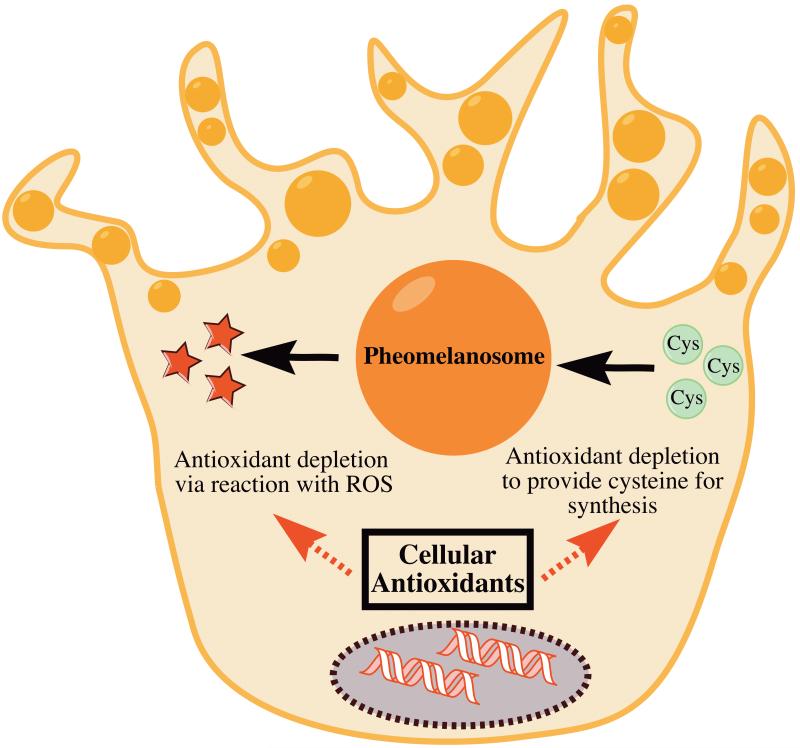Figure 1. Two distinct mechanisms could explain the increase in oxidative stress associated with pheomelanin production.
On one hand, pheomelanin is known to promote the formation of reactive oxygen species, which could tax cellular antioxidant reserves. On the other hand, the use of cysteine in pheomelanin biosynthesis could deplete cysteine-based cellular antioxidants. These two hypothetical mechanisms are not mutually exclusive.

